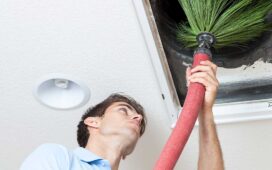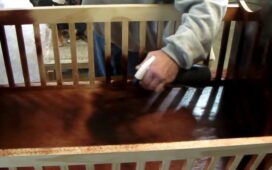Multifamily Value-Add: It’s a term that’s been floating about the real estate sector for the better part of a decade. It has been a hugely successful apartment investing strategy that focuses on purchasing properties, refurbishing the units, and raising the rents. This has been the chosen business plan for many multifamily renovations during the current cycle. It’s become so popular that it’s practically impossible to find a property in certain areas that haven’t been modified cosmetically since it was built.
The majority of residences for sale have previously undergone some form of refurbishment. As an investor, one must decide whether there is room for growth. An older apartment building will often be one of three things:
- Untouched
- Partially Renovated
- Fully Renovated
This is how one can define the three statuses and interpret them.
- Untouched: One has most likely discovered a fantastic opportunity poised for some capital investment and rental upside. This isn’t the case only if the house is in a neighborhood with comparable properties to support rental upside and higher-finish levels.
- Partially Renovated: one must determine whether to continue carrying out the present owner’s rehab plan on the remaining units. Will one only execute a “deeper” value-add (better improvements) on the remaining, new units if one believes there is a possibility for a “deeper” value-add (better improvements)? Or across all units, including those that have just been worked on?
- Fully Renovated: one must evaluate whether it is worthwhile to revisit the units and make new/better changes. Even when a new house is touted as “renovated” and “turnkey,” one would be amazed how often there is an upside.
The property that has been partially renovated is the most difficult to plan for. It’s simple to understand the property’s condition at a general level, but planning the practical mechanics of phasing in a multifamily renovation that would include varying budgets and rehab plans on separate apartments can be difficult.
The issues multiply when an elderly owner implements three or four distinct remodeling scopes over the years. I had to work hard on them, becoming a little messy.
Pre-Planning:
The following are the most critical assumptions to make when developing a business plan:
- What changes are required?
- How much will these changes cost?
- What kind of rental premium can they command?
If one considers putting hard surfaces, stainless steel appliances, and improving common area carpet and lighting, look for comparable that have done the same and see what they are getting in rent. These are a few questions that will help one make better decisions when it comes to multifamily renovations
Conclusion:
As older properties continue to change hands, one will need to develop a business strategy for a property that has previously been renovated somehow. One must understand how to arrange this data and have the skills to accurately and reliably simulate many permutations of prospective value-add situations.







